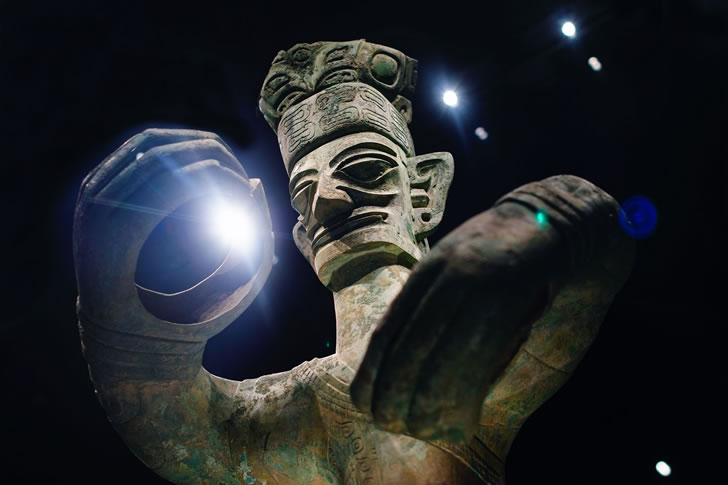Discover the History of Ancient China: Unraveling the Dynasties and Philosophies
Ancient China, with its rich history spanning thousands of years, has left a profound impact on the world. From its mighty empires to its influential philosophies, China’s ancient civilization has shaped the course of human history. Let’s embark on a journey to discover the fascinating history of ancient China, unraveling the dynasties and philosophies that have defined this remarkable civilization.

The Xia Dynasty (c. 2100-1600 BCE):
Considered the earliest known dynasty in Chinese history, the Xia Dynasty laid the foundation for Chinese civilization. Legendary figures such as Emperor Yu the Great are associated with this period, which saw advancements in agriculture, bronze casting, and irrigation.
The Shang Dynasty (c. 1600-1046 BCE):
The Shang Dynasty marked the rise of a centralized monarchy and the use of written characters on oracle bones. It was during this period that early forms of Chinese writing and bronze metallurgy flourished. The Shang Dynasty also witnessed the development of a social auf dieser Seitearchy and religious practices centered around ancestor worship.
The Zhou Dynasty (c. 1046-256 BCE):
The Zhou Dynasty was a significant period in ancient Chinese history. It introduced the concept of the “Mandate of Heaven,” which stated that rulers were given the right to rule by divine approval but could lose this mandate if they ruled poorly. The Zhou Dynasty also saw the emergence of influential philosophical schools, including Confucianism and Daoism.
The Qin Dynasty (221-206 BCE):
Under the Qin Dynasty, China experienced a period of centralization and unification. The dynasty is most notable for the rule of Emperor Qin Shi Huang, who unified China and standardized writing, currency, measurements, and the construction of the Great Wall. Emperor Qin Shi Huang’s tomb is renowned for its terracotta army, a stunning archaeological discovery.
The Han Dynasty (206 BCE-220 CE):
The Han Dynasty is often referred to as the Golden Age of ancient China. It witnessed advancements in various fields, including literature, art, science, and technology. The Silk Road trade route flourished during this time, connecting China with the Western world. Confucianism became the dominant ideology, and the civil service examination system was established to select government officials based on merit.
The Tang Dynasty (618-907 CE):
The Tang Dynasty is known as a period of cultural and artistic brilliance. It was a time of prosperity, trade, and cosmopolitanism. The capital city of Chang’an (modern-day Xi’an) became a bustling center of commerce and culture. Poetry, painting, and literature thrived, with notable figures such as Li Bai and Du Fu leaving a lasting legacy.
The Song Dynasty (960-1279 CE):
The Song Dynasty is recognized for its technological innovations and economic growth. The invention of moveable type printing revolutionized the dissemination of knowledge, while advancements in agriculture and irrigation techniques increased productivity. The Song Dynasty also witnessed the rise of Neo-Confucianism, which combined Confucian principles with Buddhist and Daoist beliefs.
The Ming Dynasty (1368-1644 CE):
The Ming Dynasty marked a period of stability and prosperity. The construction of the Great Wall was expanded, and the Forbidden City was built as the imperial palace in Beijing. The Ming Dynasty also saw impressive maritime expeditions led by the explorer Zheng He, who reached as far as Africa.
In conclusion, the history of ancient China is a captivating journey through time, revealing the dynasties, philosophies, and achievements that shaped this remarkable civilization. From the Xia Dynasty to the Ming Dynasty, China’s ancient past encompasses advancements in governance, technology, arts, and philosophy that continue to influence the world today. By unraveling the history of ancient China, we gain a deeper appreciation for the legacy of this ancient civilization and its enduring impact on human history.







Recent Comments